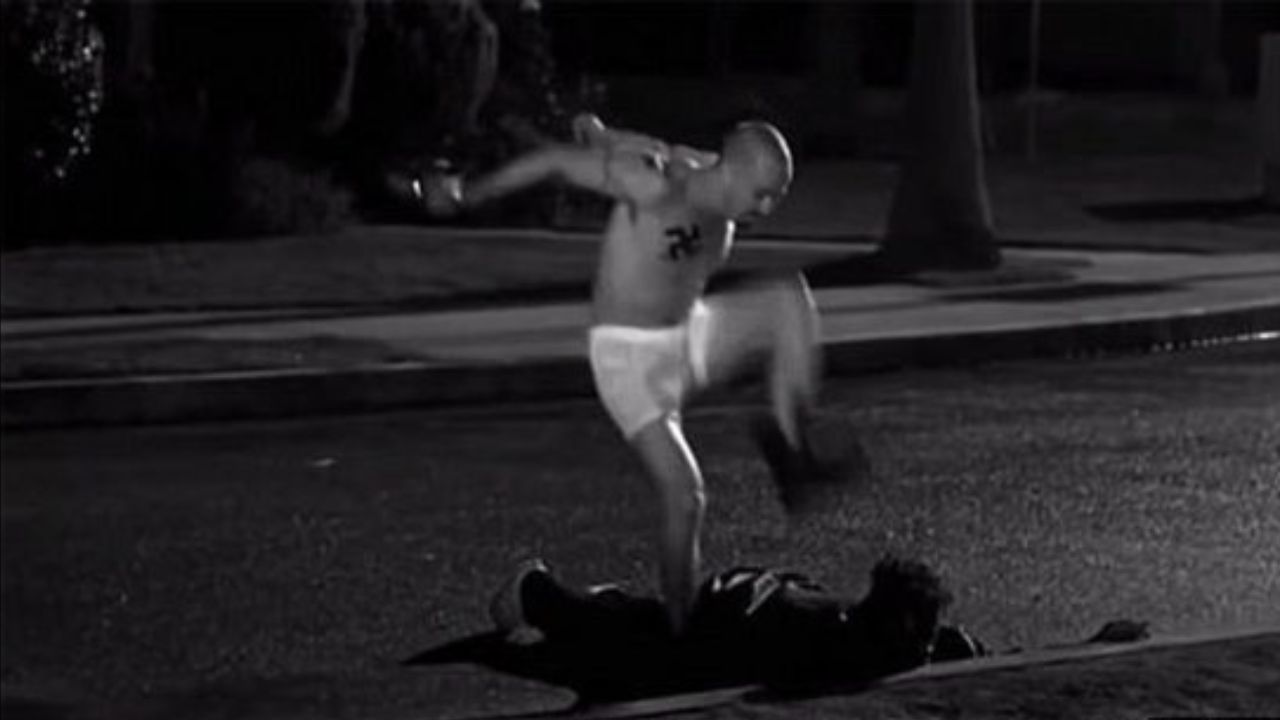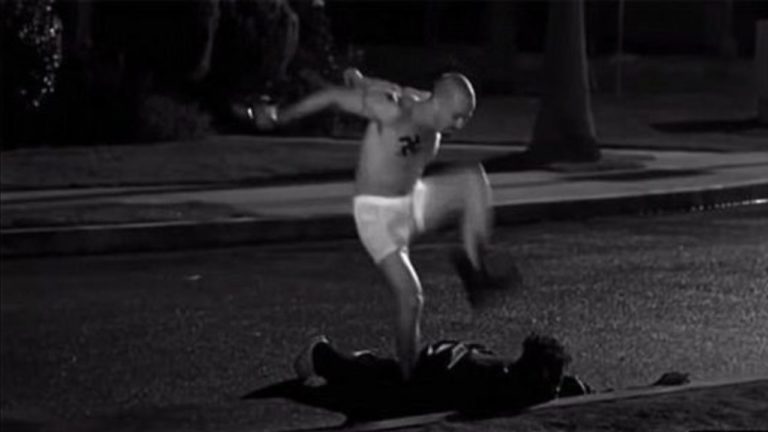The term ‘curb stomp’ might sound familiar to you if you are a fan of gritty cinema or professional wrestling. However, this term refers to a horrifying act, one that has both immediate and long-term consequences. This blog post aims to shed light on the curb stomp aftermath, both physically and legally, to provide an in-depth understanding of the severe repercussions of such a violent act.
What Is Curb Stomp?
Curb stomping, a term often popularized in movies and wrestling, refers to an act of violence where a person’s head is forced onto a curb, followed by a stomp to the back of the head. It is a brutal act of assault that can lead to devastating injuries and even death.
Immediate Curb Stomp Aftermath
The aftermath of a curb stomp is immediate and can be catastrophic. The physical damage inflicted by this act is severe, often resulting in facial injuries such as jaw fractures, loss of teeth, and significant mouth damage. It’s not just superficial injuries that victims have to contend with; there’s also a high risk of head injuries like brain trauma, skull fractures, and bleeding inside the skull.

Neck injuries are another major concern in the aftermath of a curb stomp. Spine fractures, for instance, can lead to paralysis or even death. Immediate medical assistance is crucial in these situations, with victims often requiring surgeries to repair fractures and internal damage. Long-term physical therapy is usually necessary for recovery.
The curb stomp aftermath is not just physical. Victims often experience mental trauma, developing conditions like Post-Traumatic Stress Disorder (PTSD). The violent nature of the act can also lead to an ongoing sense of fear and anxiety. It’s imperative to understand that curb stomping isn’t merely a dramatic scene in a movie; it’s a deeply serious act with severe physical and mental consequences.
Curb Stomp Legal Consequences
The aftermath of a curb stomp isn’t just limited to physical and mental trauma; there are serious legal consequences as well. Given its violent nature, the act is considered a serious felony, often leading to charges of aggravated assault. Depending on the severity of the injuries inflicted and the intent behind the act, charges can escalate to attempted murder.
If the victim dies as a result of a curb stomp, the perpetrator can face murder charges. Convictions often result in severe penalties, including long prison sentences, significant fines, and a permanent mark on the criminal record. High-profile cases have seen perpetrators receiving life sentences, especially when the curb stomping is categorized as a hate crime or leads to death.
The legal consequences of a curb stomp act can vary based on the location where the crime occurred, the specifics of the situation, and the perpetrator’s background. However, it’s important to remember that media portrayals can influence public perception and potentially affect real-life incidents.
Psychological Impact On Victims
The psychological aftermath of a curb stomp assault is severe and long-lasting. Immediately after the assault, victims may feel a profound sense of shock, numbness, and confusion, grappling with the reality of what has just happened.
Post-Traumatic Stress Disorder (PTSD) frequently develops in the aftermath of such violence, with victims reliving the horrific event through nightmares and flashbacks. This condition can cause significant distress and fear, disrupting daily life.
Depression, hopelessness, and anxiety disorders are common in victims of curb stomp assaults. They may experience panic attacks and a state of constant worry. The trauma can often lead to social withdrawal and difficulty trusting others, impacting their personal relationships and overall sense of safety.
Recovering from such a deeply traumatic event requires professional help. Counseling and therapy are often necessary to help victims process their feelings and learn coping strategies. Support from loved ones, friends, and support groups is integral to their healing process. It’s also vital for society to understand the gravity of these issues to support victims and prevent such violence in the future.
How To Prevent Curb Stomp?
Preventing curb stomping, a form of extreme violence, requires a multi-pronged approach encompassing community education, policy changes, and personal safety measures.
Community education initiatives should aim to highlight the serious consequences of violence and promote peaceful conflict resolution. The media plays a pivotal role in portraying the severity of such acts without glorifying them.
Implementing stricter laws and penalties for violent crimes can act as a deterrent. Further, increased police presence and involvement in communities can discourage potential perpetrators.
Personal safety measures, such as learning basic self-defense techniques and staying vigilant of one’s surroundings, can help individuals avoid dangerous situations. A supportive community where friends look out for each other can greatly minimize risks.
Counseling and mentoring can be beneficial for individuals showing signs of aggression. Keeping a close eye on online platforms can also help identify signs of potential violence. Using social media to spread positive messages against violence can also contribute to prevention.
Seeking Emergency Help
In the event of an emergency or a crisis, quick action can make a significant difference. If a life-threatening situation arises, call your local emergency number, such as 911, or head straight to the nearest emergency room.
For mental health crises, crisis hotlines like 988 can provide immediate assistance. You can also text MHA to 741741 to connect with a Crisis Text Line counselor.
Veterans can access help through the Veterans Crisis Line by calling 988 and pressing “1”, texting 838255, or chatting online. For those experiencing distress due to a disaster, the Disaster Distress Helpline at 1-800-985-5990 offers immediate crisis counseling.
If you notice troubling posts or messages on social media, it’s crucial to contact the platform’s safety team. They can connect the individual with the help they may need. Remember, immediate action is critical in an emergency. Never hesitate to reach out for help if you or someone else is in danger.
Conclusion
Curb stomping is a very violent act with serious consequences. It causes severe physical injuries like facial trauma and head injuries, often needing long-term medical care. Victims also suffer emotionally, experiencing PTSD, anxiety, and depression, which can disrupt their lives. Legally, curb stomping leads to serious charges and harsh penalties.
To prevent such violence, it’s important to educate communities, enforce stricter laws, and promote personal safety. Quick action during emergencies is crucial to getting victims the help they urgently need. Understanding and addressing the aftermath of curb stomping can help make our society safer and more supportive for everyone.


